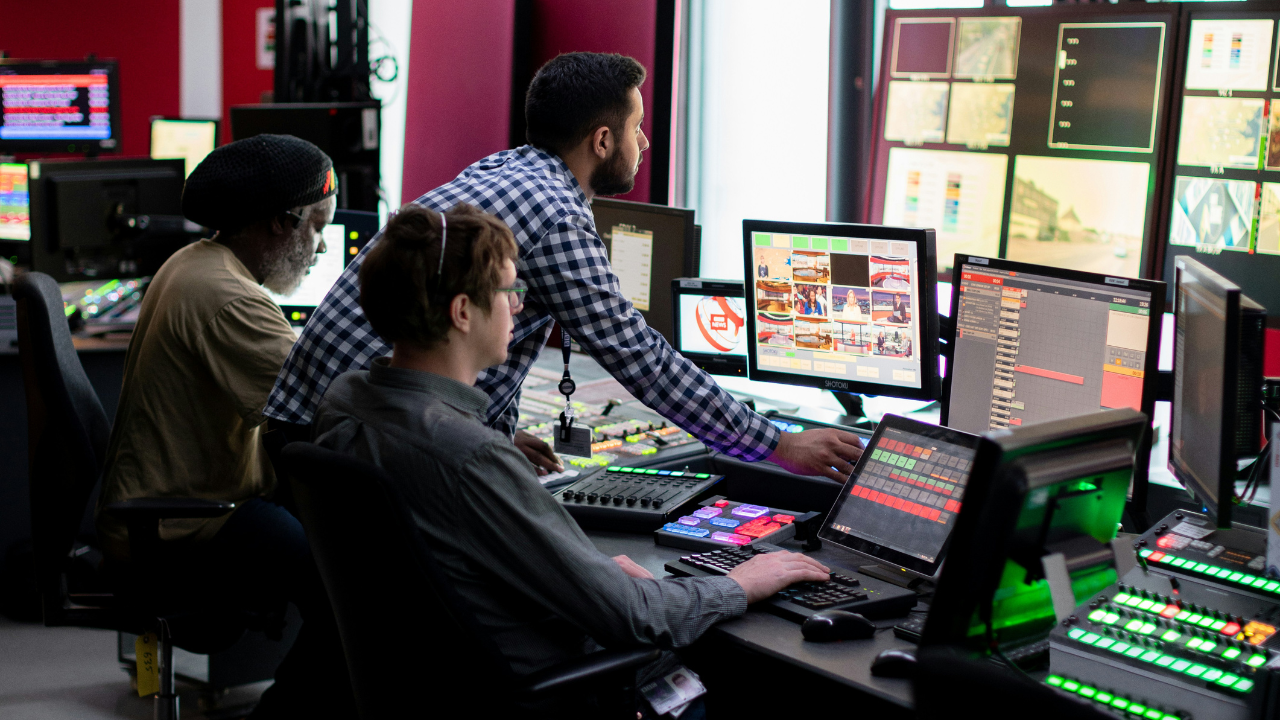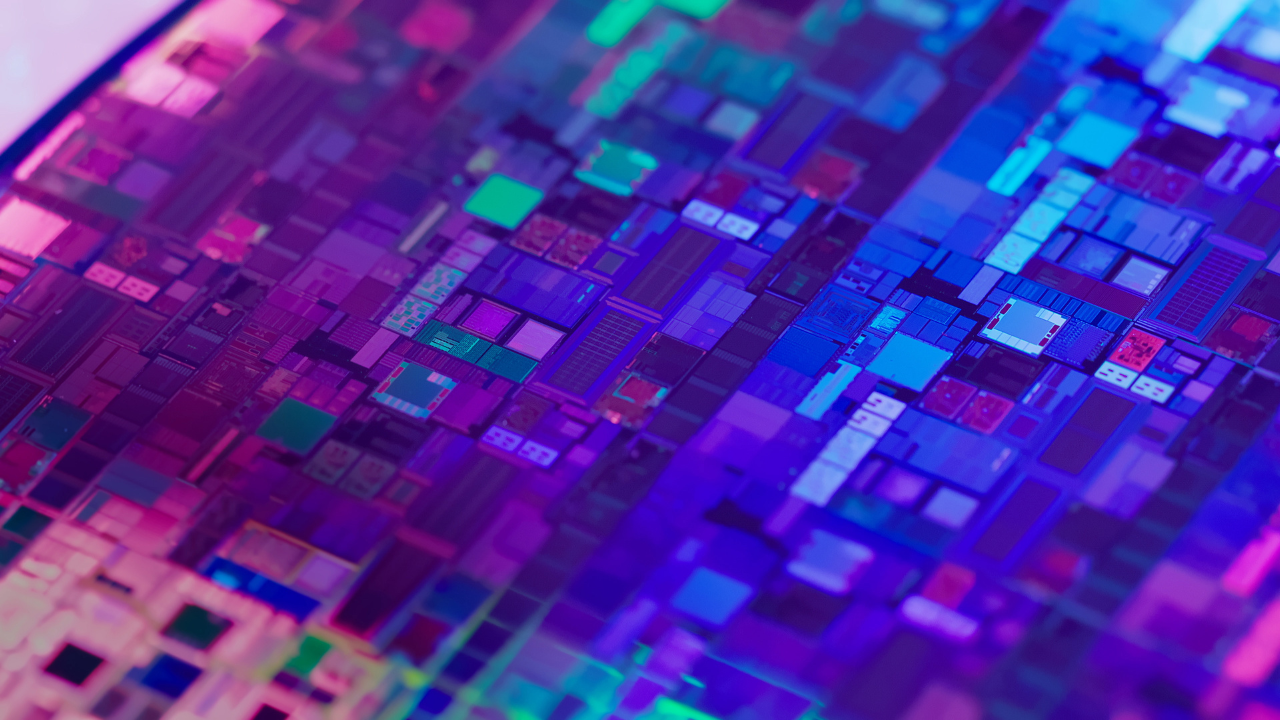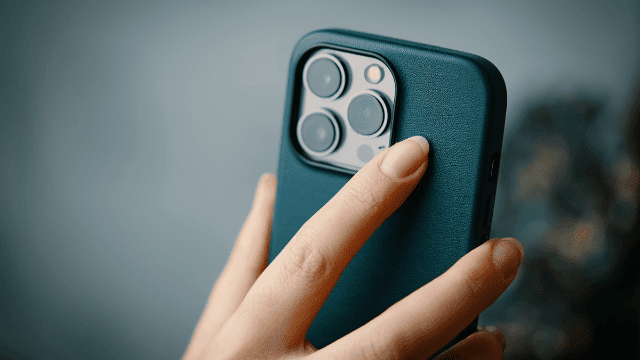
Smart TVs are the new normal (along with the pandemic, of course). This gigantic market is now worth more than $109 billion worldwide. Stats like that should be unsurprising, as more than 90 percent (respectively) of US households own a television. And this year, with many governments around the world mandating stay-at-home orders, TV companies have, in a sense, a captive market. As there is no immediate end in sight to the pandemic, the current surge in online viewing—up 31 percent in the UK, for example—shows no signs of abating, and we can expect sales to remain buoyant for the foreseeable future. And all that time in front of the television means consumers will be clamoring for smart TV innovation.
So let’s talk about some of the biggest hardware and software disruptions coming to the smart TV market in 2021. How is the technology behind TV consumption going to change in the next twelve months? Here are our top six picks in smart TV innovations for the coming year:
Smart TV Innovations
#1 HDR Programming
The first of our smart TV innovations is that devices programmed with High Dynamic Range (HDR) enable video content to stream at a wider range of colors and highlights than traditional televisions. Like most new streaming technologies, consumers need to have the right television in order to take advantage of it, so the demand for HDR-enabled smart TVs will probably keep rising.
In order to deliver a richer picture, HDR-capable TVs need to be equipped with a special backlight system, capable of delivering a brightness greater than or equal to 1,000 nits. By contrast, standard definition range (SDR) televisions can only deliver up to 100 nits.
HDR comes in several formats. There’s the HDR10 profile, which is the current minimum industry standard and uses the Rec. 2020 color space and has a color depth of 10 bits but has static metadata. HDR10+ is a newer standard that adds dynamic metadata for more accurate brightness adjustment per scene. Dolby Vision has dynamic metadata as well but requires licensing, which means paying a fee to Dolby (whereas HDR10+ is open format and license-free).
Online streaming giants such as Netflix have already rolled out support for Dolby Vision and HDR10. As more and more homes are equipped with HDR-capable devices, the majority of content streaming services will need to roll out support for enhanced quality formats to stay relevant.
#2 Next Gen Codecs – AV1, VP9, and VVC
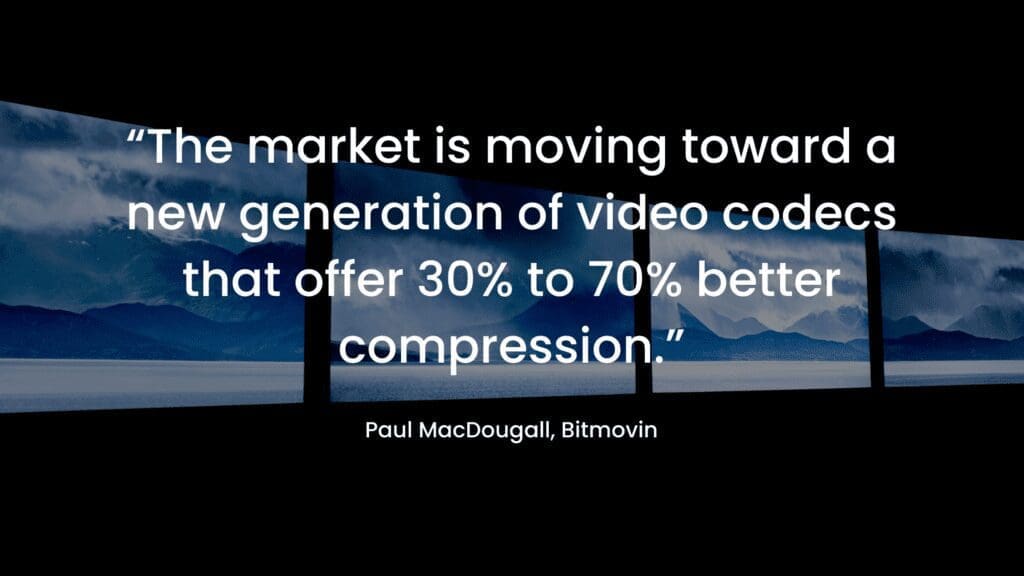
Many viewers now consume media—like Netflix—via internet streaming, so from a bandwidth perspective, data needs to be stored as efficiently as possible. Video codecs—software that compresses and decompresses digital video—are constantly being improved to facilitate streaming increasingly high-quality video without exceeding user download speeds (when that does happen, the result is buffering).
“In the last decade, the tech industry has rallied around one codec for streaming video files over the internet…Now the market is moving toward a new generation of video codecs that offer 30 to 70 percent better compression than H.264.” – Paul MacDougall, Bitmovin
And that was in 2018. The latest innovation in video coding is the H.266 VVC codec, which launched in Summer 2020 and was developed by the same group that gave us the MP3, Bitmovin found that it offers a 30 to 50 percent higher compression ratio than the last biggest codec innovation in 2013, H.265 (HEVC).
#3 More pixels! Introducing 8K TVs
Digital screens of all kinds are constantly increasing the maximum resolution they can support. The more unique pixels that can be displayed horizontally and vertically, the more lifelike and vivid the image. The current range of high definition devices start at 720p HD (1280 vertical scan lines x 720 horizontal scan lines), 1080p HD (1920 x 1080), and range up to the current ultra high definition (UHDTV) standard which we all know as “4K” – the catchall term for any resolution with around 4000 horizontal pixels. As the standard, 4K also includes the television industry standard of 3840 x 2160 (or “2160p” if you’re following the former naming conventions) for home displays and 4096 x 2160 (DCI 4K) for movie projectors.
The problem with increasing screen resolutions is not a technological one (more pixels can be added) but rather a biological one: there’s a point at which humans are unable to tell the difference between higher resolution displays and diminishing returns sets in.

8K might be the resolution at which that point has been crossed, as most scientists and doctors agree – 8K resolution pixels count is nearly equal to what a human eye can perceive, thus anything extra would be a waste of bandwidth (unless humans develop the eye-sight of eagles, sometime in the near future). And then there are still some technical considerations—before you can stream 8K video, it needs to be recorded at that resolution which requires special equipment. Although even the next generation of phones are stepping up to the plate with cameras that can record 8K video. So the question must be posed – is 8K really worth it?
Naturally, 8K smart TVs are going to initially cost more and then gradually decrease in price as the technology becomes deprecated and the next generation of even higher-res televisions comes to market. Consumers should check out an 8K television set and decide whether the resolution is a difference they really notice before shelling out the extra cash.
#4 Full-Array LED Backlights
Another area for smart TV innovations is how screens are lit in order to actually create an image.
A handful of years ago, we had edge lighting, but that usually meant that the edges of the screen were brighter. A more common practice now is direct-lit screens with LEDs all over the back of a television’s LCD panel rather than just the edges, so screens display greater uniformity, especially in dark scenes.
The next step, full-array backlighting, goes even further, with [individual control of the brightness of each LED (and more of them) across the back of the screen. This allows consumers to obtain a picture quality more comparable to what’s produced by OLED screens at a lesser cost. On the flip side, smart TVs with full-array backlighting tend to cost more than edge-lit screens, and they also look a little clunkier as TVs with LED need to be offset slightly from the back of the panel in order to deliver the proper lighting.
However, streaming companies can anticipate that more and more clients are going to be streaming content with full-array lit TVs.
#5 OLED TVs
Currently, the best viewing quality obtainable for consumers is on televisions with organic light-emitting diode (OLED) technology. Although the first OLED TV was introduced to consumers in 2007, the process of displacing LED display TVs is a gradual one — although the waves that the technology made at the 2020 CES exhibition may speed the process up.
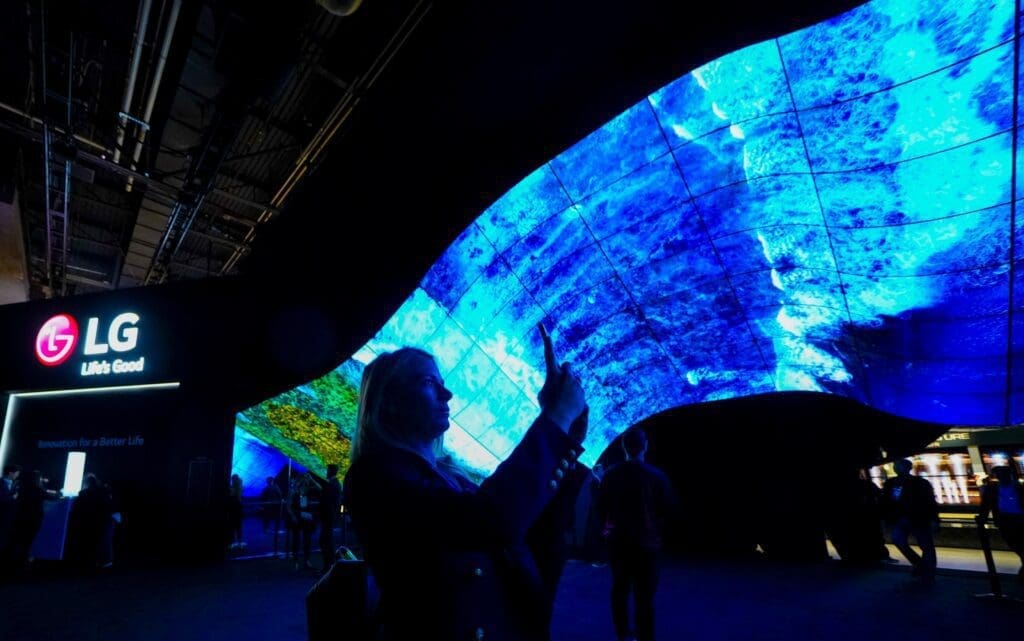
Unlike LCDs, which can’t produce their own light (hence the necessary backlighting), OLEDs create light once electricity is passed through them. That means OLED displays can switch off individual pixels entirely, creating a perfect black. As a result, they offer a superior contrast ratio compared to LCD televisions, which can feel quite cinema-like.
Depending on what’s being viewed, OLED televisions can be remarkably energy-efficient. For instance, some models consume as little as 50 watts of electricity when the screen is entirely black. However, this doesn’t mean that OLED TVs are necessarily more energy-efficient than LCDs—the energy consumption of OLED screens is directly related to brightness, which varies based on what’s being displayed.
#6 Futuristic Device Designs: Rollable Screens
Perhaps the most unique hardware update of smart TV innovations is an update to the base design of a device. Ever wished your massive widescreen television didn’t dominate the dining room? Wouldn’t it be nice if it just disappeared when you weren’t using it? It may be still a dream for most of us, but manufacturers like LG are rolling out (excuse the pun) very high-end rollable televisions that unfurl like a projector screen from sleek storage compartments. The Signature OLED R debuted at the 2020 CES and will currently set you back around $87,000. And unlike curved devices, these rollable screens have much more applicable uses and may actually find adoption in the near future.
For those looking for, ahem, simpler solutions, motorized mounts allow users to quickly adjust the height of their display and are readily adaptable for many different models.
Not Much Stays Still in TV
With viewers spending significant time in front of their televisions on account of stay-at-home orders, smart TV technology is rushing to keep up with the new ways we consume entertainment, and the levels of quality we demand outside theaters. The combination of software and hardware Smart TV innovations coming to market guarantees that display resolutions and streaming qualities are going to continue to push the viewing envelope, even as we question where the line is for detectable differences.
Expect these Smart TV innovations, and more, to affect the consumer device market in 2021.
Did you enjoy this post? Then check out some of our other great content below:

